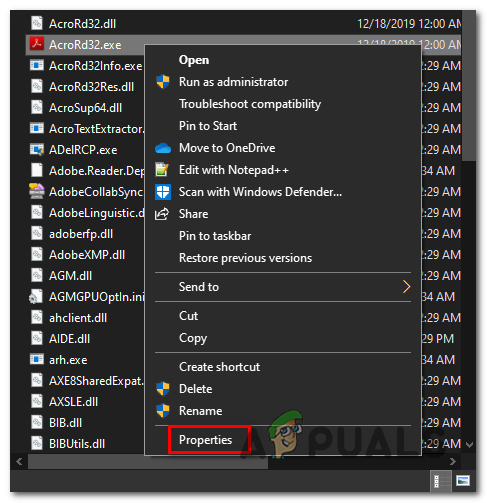

- #ADOBE ACROBAT 7 PROFESSIONAL CANNOT REGISTER TO THE SERVER VERIFICATION#
- #ADOBE ACROBAT 7 PROFESSIONAL CANNOT REGISTER TO THE SERVER CODE#
- #ADOBE ACROBAT 7 PROFESSIONAL CANNOT REGISTER TO THE SERVER LICENSE#
“720” – Missing “Pa” data as specified in “Uses”. “710” – Missing “Pi” data as specified in “Uses”. “590” – Public device not allowed as per license. “588” – Registered device not allowed as per license. This feature is being implemented in a phased manner. “586” – FID usage not allowed as per license. “582” – Local language usage not allowed as per license. “581” – Fuzzy matching usage not allowed as per license.


“580” – PIN usage not allowed as per license. “579” – OTP usage not allowed as per license. “578” – IIR usage not allowed as per license. “577” – FIR usage not allowed as per license. “576” - FMR usage not allowed as per license. “575”– Pfa usage not allowed as per license. “574”– Pa usage not allowed as per license. “573” – Pi usage not allowed as per license. “570” – Invalid key info in digital signature (this means that certificate used for signing the authentication request is not valid – it is either expired, or does not belong to the AUA or is not created by a well-known Certification Authority).
#ADOBE ACROBAT 7 PROFESSIONAL CANNOT REGISTER TO THE SERVER VERIFICATION#
“569” – Digital signature verification failed (means that authentication request XML was modified after it was signed). “567” – Invalid input (this error occurs when unsupported characters were found in Indian language values, “lname” or “lav”).
#ADOBE ACROBAT 7 PROFESSIONAL CANNOT REGISTER TO THE SERVER LICENSE#
“566” – Invalid non-decryptable license key. “563” – Duplicate request (this error occurs when exactly same authentication request was re-sent by AUA). “562” – Timestamp value is future time (value specified “Pid->ts” is ahead of authentication server time beyond acceptable threshold). “561” – Request expired (“Pid->ts” value is older than N hours where N is a configured threshold in authentication server). “560” – DP Master Certificate has expired. “557” – dpId is invalid and not part of certification registry. “556” – rdsVer is invalid and not part of certification registry. “555” – rdsId is invalid and not part of certification registry. “554” – Public devices are not allowed to be used. “553” – Registered devices currently not supported. “550” – Invalid “Uses” element attributes. This error will be returned if Sub-AUA specified in “sa” attribute is not added as “Sub-AUA” in portal. “543” – Sub-AUA not associated with “AUA”. This error will be returned if AUA and ASA do not have linking in the portal.
#ADOBE ACROBAT 7 PROFESSIONAL CANNOT REGISTER TO THE SERVER CODE#
“527” – Invalid “mc” code under Meta tag. “524” – Invalid “mi” code under Meta tag. “521” – Invalid “dc” code under Meta tag. “512” – Invalid Aadhaar holder consent in “rc” attribute of “Auth”.

“505” – Synchronized Key usage not allowed for the AUA. “504” – Session key re-initiation required due to expiry or key out of sync. “501” – Invalid certificate identifier in “ci” attribute of “Skey”. “500” – Invalid encryption of session key. “402” – “txn” value did not match with “txn” value used in Request OTP API. “330” – Biometrics locked by Aadhaar holder. “316” – Number of FID should not exceed 1. “315” – Number of IIR should not exceed 2. “314” – Number of FMR/FIR should not exceed 10. “313” – Single FIR record contains more than one finger. “312” – FMR and FIR cannot be used in same transaction. “200” – Personal address demographic data did not match. “100” – Personal information demographic data did not match.


 0 kommentar(er)
0 kommentar(er)
